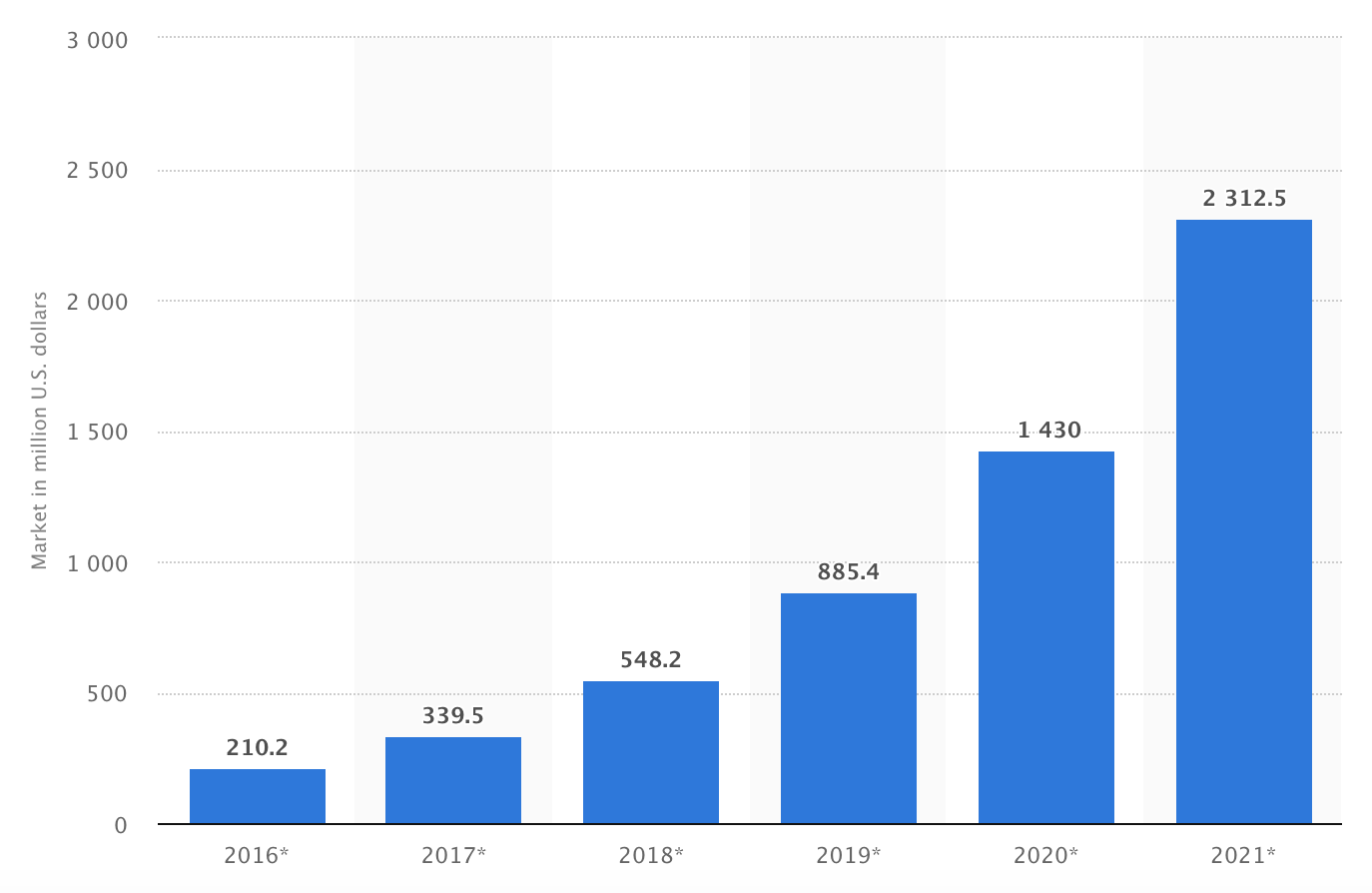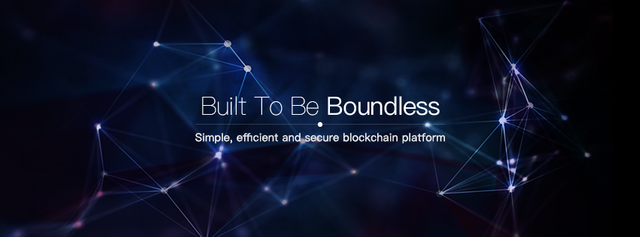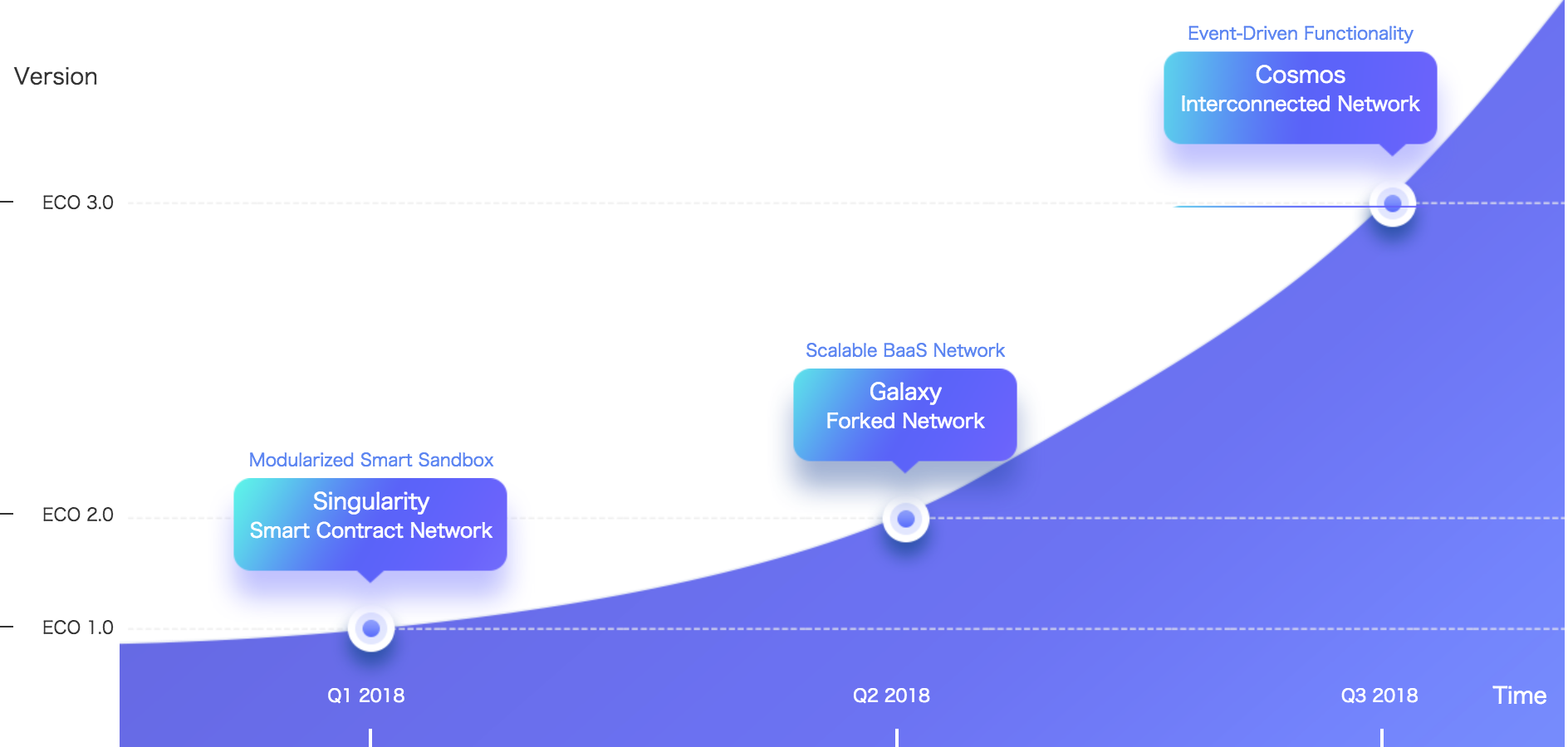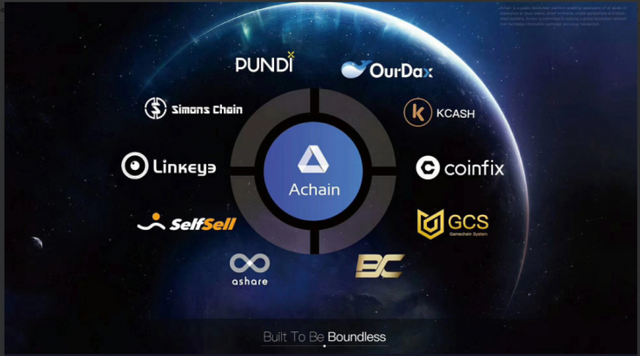Building a Boundless Blockchain Reality
Introduction
In recent years, the technology behind blockchain has attracted a lot of attention. Large and small enterprises want to ride the bandwagon and get on board because they expect Blockchain to lower their costs by making transactions quicker, safer, transparent and decentralized.
Size of the blockchain technology market worldwide from 2016 to 2021 (in million U.S. dollars)

According to Statista, the market's excitement about blockchain technologies is growing and it is estimated that the market size will grow from US$210 million in 2016 to over US$2 billion by 2021.
…so what's Blockchain?
In other words, Blockchain is immutable. The first implementation of Blockchain started back in 2009 - the Bitcoin system, which operates without a trusted third party. To date, it has been successful in preventing fraud and has proved to be for all practical purposes "immutable." For this reason, it is often said to be secure. Bitcoin's blockchain is also public (all transactions are visible) and permissionless (any computer may participate in validating transactions and adding them to the ledger).
What about Smart Contract?
Smart contracts are not a core property of the Bitcoin blockchain. The Bitcoin system only allowed for additional comments along with the transactions, which provided basic capability to create code that would make automatic execution of some transactions possible.
Later on, Ethereum expanded on this feature, and introduced a Blockchain with the main purpose of facilitating smart contracts.
The Future of the Blockchain Revolution
Blockchain technologies will likely have a significant impact on many industries, not just finance. However, this may not happen in the way envisioned.
Looking at the Blockchain phenomenon, it is evident that the economics of digital entrepreneurship have fundamentally changed. The easy availability of fundings through Initial Coin Offerings (ICO) has decreased the cost of experimentation, which resulted in a proliferation of start-ups, creating competitive pressure.
Today, we have Bitcoin and Lite Coin for digital currency, Ethereum as a smart contract platform, Zcash and Dash for user privacy, and thousands of many other coins in the market. But still, there exist challenges that are unresolved.
(1) Security risks of smart contracts. As the code is publicly available, any software bugs could be easily exploited by hackers.
(2) Difficulties of cooperations and interconnections of different blockchain platforms of different fields of application.
(3) Difficulties of linking between the blockchain world and the non-blockchain based reality. Ideas cannot be easily put into application, such as tracking of commodity authentication.
(4) Scarcity of Blockchain developers, which leads to the high cost of large-scale business.
(5) Low transaction performance compared to the centralized systems.
The blockchain revolution may give us new tools and modify the landscape of some industries, but we need to realize the need for a user-friendly, low-cost, and customizable high-performance Blockchain network. Meet Achain.
The Boundless Blockchain Reality

By introducing virtual machines, smart sandbox, value exchange protocol (VEP) and forking mechanism, Achain promises three basic principles: (1) security, (2) stability and (3) extensibility. The optimization of block interval, block volume and RDPOS consensus algorithm also allows Achain to have a performance rate of up to 1000TPS.
Security: With Achain's smart sandbox mechanism, any released contracts can be automatically tested to discover any vulnerabilities or software bugs. The network helps to determine by itself if the newly written contract qualifies to be uploaded to the Achain ecosystem.
Stability: The LVM (Lua Virtual Machine) is exclusively designated to smart contracts. It has an upgraded performance rate powered by Lua language, which effectively protects against potential system coupling. It also adopts a separately run and independently built structure to prevent the entire network quality from being affected by local risks.
Extensibility: Achain uses forking mechanism to generate a main chain and a number of sub-chains. All chains are completely equivalent in structure, but each is given a different logo based on different community consensuses. Each sub-chain can be customized according to different applications by constructing the VEP (Value Exchange Protocol), which allows information sharing and value exchanges among chains. This creates a multi-application network and the online data of non-blockchain based events will also be incorporated into the Achain ecosystem where it is supplemented with smart contracts to respond to events in the real world.
…but the most important of all
Achain is made developer-friendly. To allow mainstream adoption, we have to provide Blockchain as a Service or BaaS for short. This is to lower the technical threshold for enterprises and individuals.
With Achain, Blockchain applications become easy-to-use. Developers just have to fork the chain, perform data customization, publish/upgrade smart contract, monitor asset transaction. The visualization module also makes it easier for developers of all levels to issue tokens and create decentralized applications. There is multiple programming language support, from Lua, C++ to Java, that encourages most of developers and enthusiasts to involve easily.
Achain Roadmap
We see how Achain is seriously committed to building a global Blockchain network for information exchange and value transactions, making it developer-friendly while solving the technical challenges of today's Blockchain.

Founded in 2015, Achain will accomplish its goals in three phases. First, they will build a secure and stable blockchain network (codenamed Singularity) with a modular smart sandbox design approach that will enable smart contracts and digital assets. Second, they will focus on scalable BaaS network (codenamed Galaxy) through forking to meet different business appeals such as insurance, document preservation, cryptocurrency, tracing, personal credit, and more. Finally, we will see the Value Exchange Protocol (VEP) connecting the forked and active networks together, and even open up data exchange with other networks (possibly non-blockchain) to build a connected and multidimensional data interrelated internet world. This event-driven functionality is codenamed Cosmos.
ACT Token
The token, named ACT by Achain, holds the value of its ecosystem. Possessing ACT gives you access to all basic blockchain services such as smart contract release, network forking, and much more.
Total Supply: 1,000,000,000 ACT
Circulating Supply: 485,856,869 ACT
Achain has recently launched their loyalty program where individuals are rewarded monthly, simply by holding ACT in their wallet. If you're interested, visit https://www.achain.com/loyaltyprogram.html
Achain dApps

Here are some of the decentralized applications that are built on top of Achain:
Try developing one yourself and you'll find that with Achain, creating decentralized application is now as simple as 1, 2, 3.
Whitepaper: https://goo.gl/iPnzjT
Twitter: https://twitter.com/AchainOfficial
Telegram: https://t.me/AchainOfficial